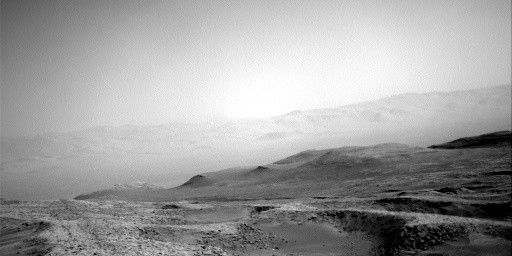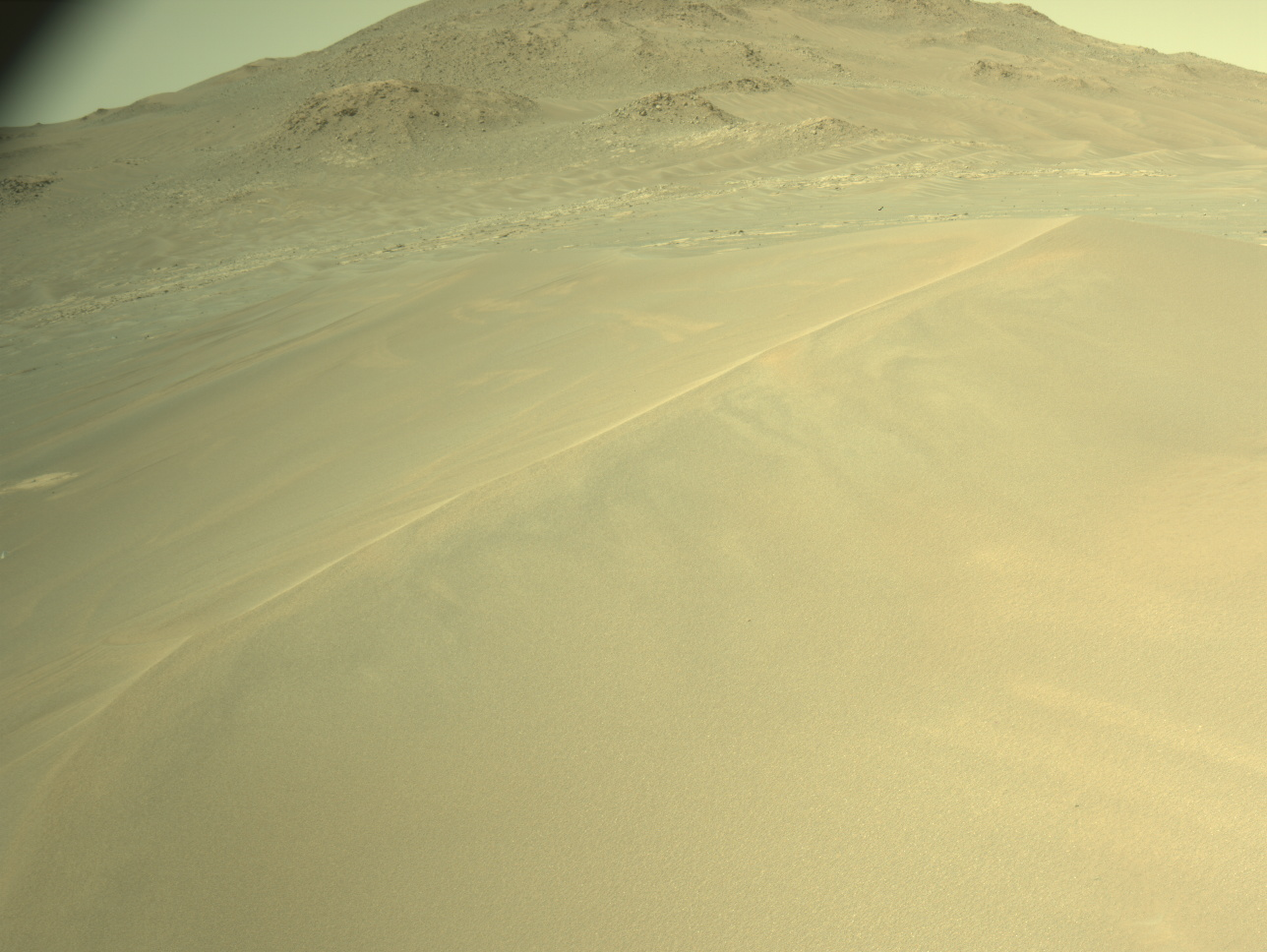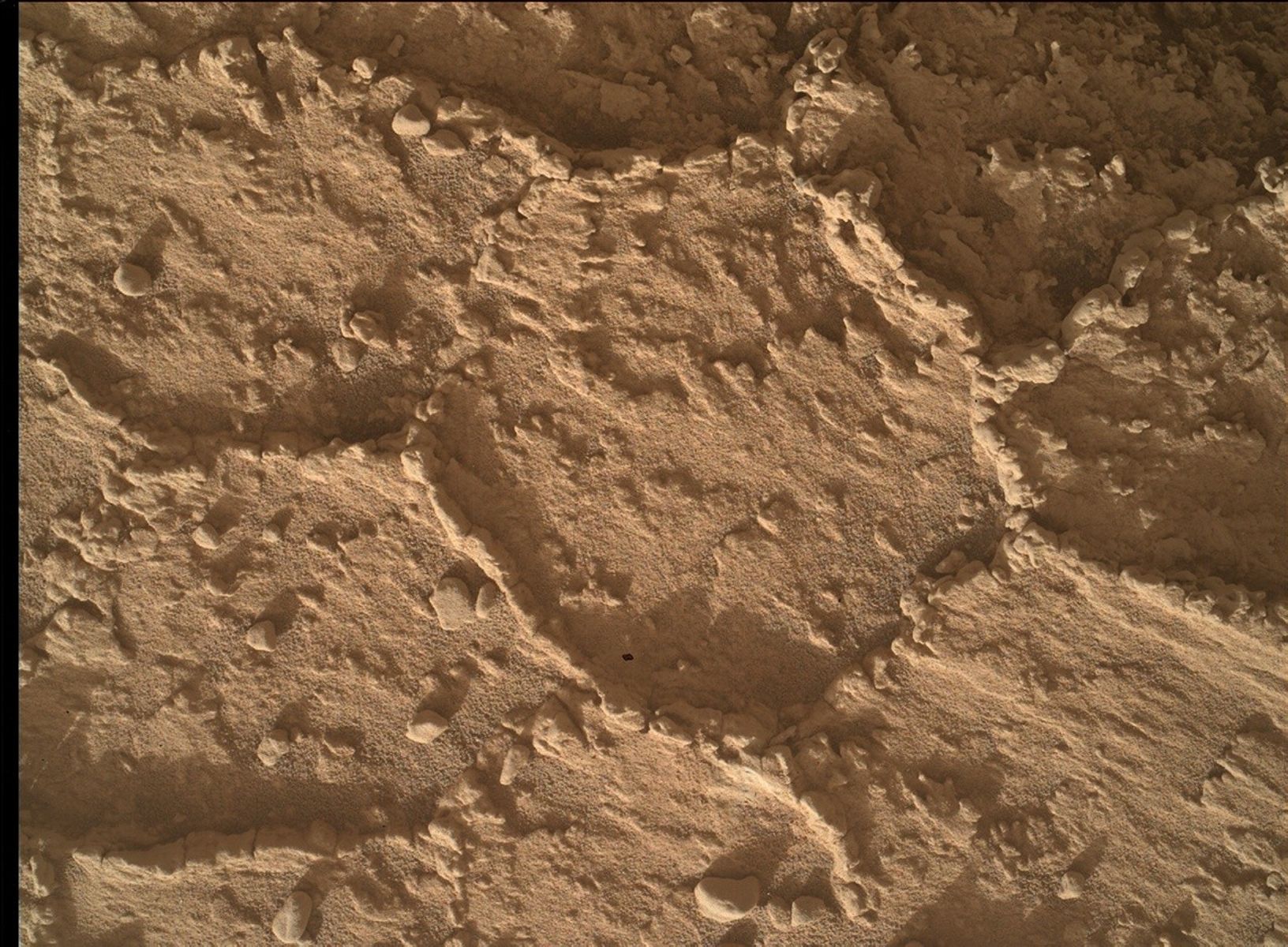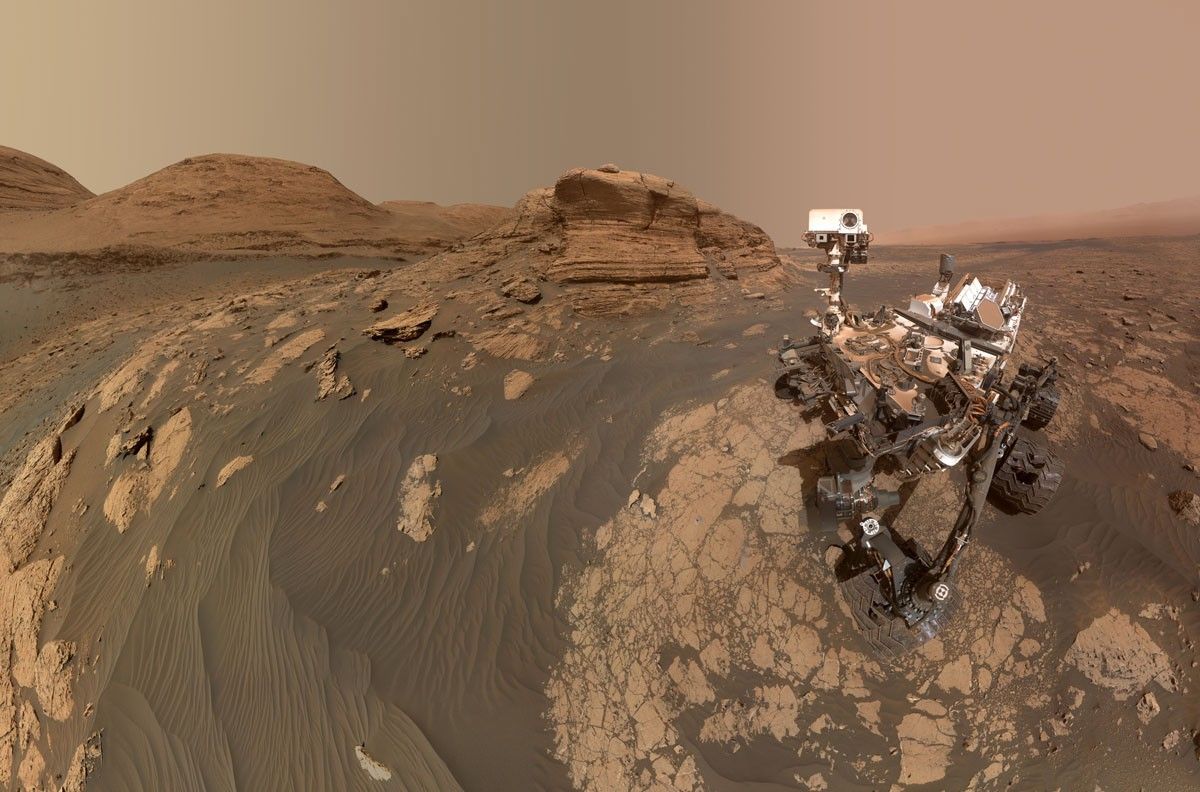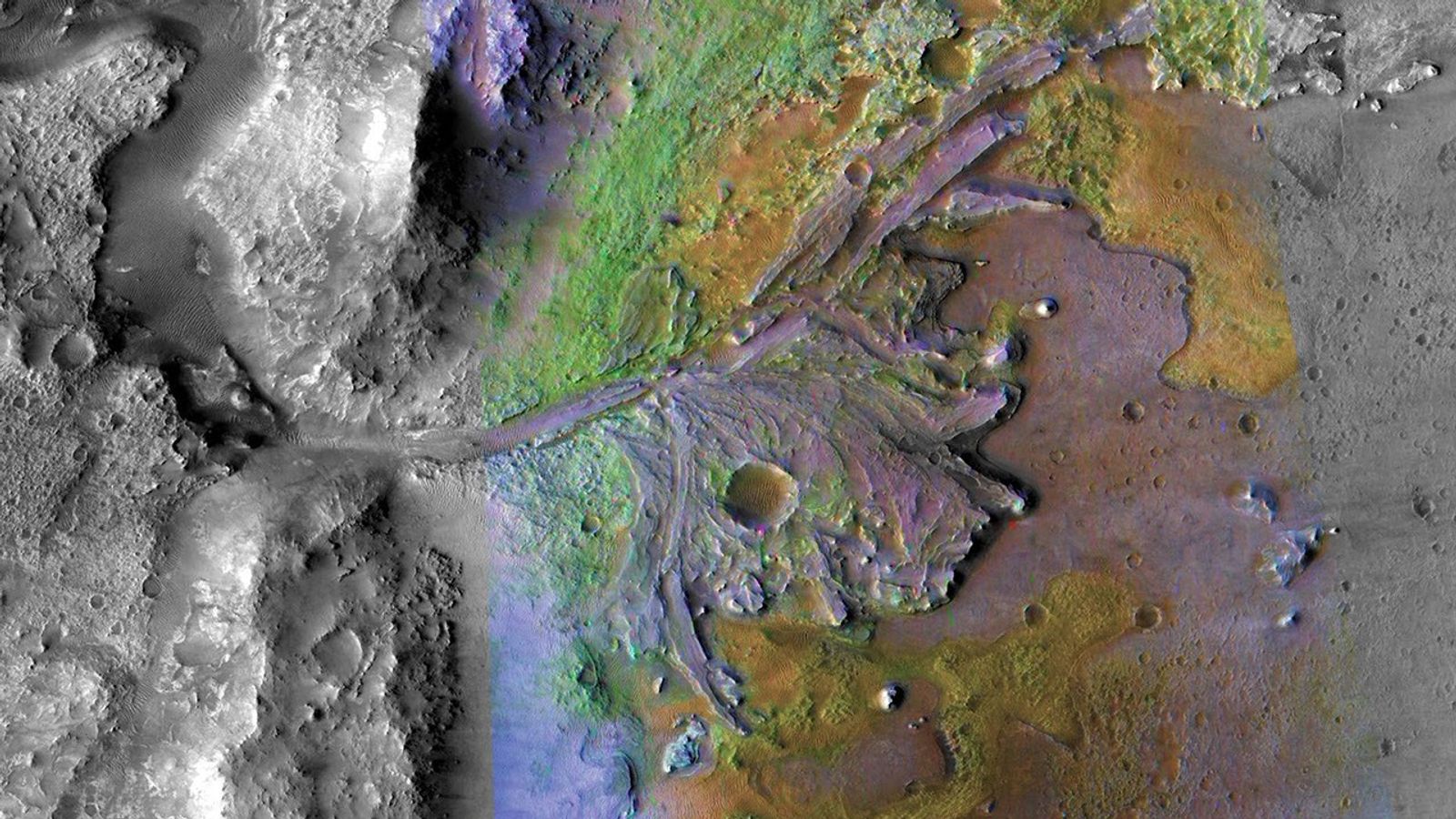All three of the USGS scientists involved in MSL are in a large conference room in JPL building 321, along with over 400 other science team members. The tension in the room is rising as MSL approaches Mars. Mars Odyssey is in position and sending a good signal, ready to relay data from MSL during descent. Each announcement (via video from the Mission Support Area in a nearby building at JPL) is greeted with applause and cheers: Good signal from Odyssey, cruise stage separation, turn to entry attitude, etc. A few minutes ago, the Project Science Office led a brief "all hands" meeting of the science team, encouraging us to work as a team, be patient, and above all, have fun! With 5 minutes to entry, it is quiet both in the MSA and in Bldg. 321. Because the radio signals from Mars take over 14 minutes to reach Earth, MSL has already landed successfully (or perhaps not), but we won't know for a while. This is the most critical phase of the entire mission, and must be executed perfectly by the spacecraft computer without any control from Earth. I haven't been nervous all day, but my heart rate is now quickening. The outcome of EDL will have a major effect on my career, but there is nothing I can do about it except watch with everyone else. What a crazy business! But I love it. As MSL descends through the atmosphere, it will not be visible from Earth, so its radio signals must be relayed by Odyssey. So a cheer goes up when Odyssey data is first received. Another big cheer when the parachute deployment is reported. Direct communication to Earth is lost as expected, just before the lander separates from the parachute and retro-rockets start. Another cheer as sky crane starts! When the signal is received showing that MSL has landed successfully, everyone in the MSA and in 321 jump up at once, cheering and clapping loudly. Within a few minutes the first pictures from MSL Hazard Avoidance Cameras are received via Odyssey and even louder cheers erupt from both rooms. Given the successful landings of Mars Pathfinder and both Mars Exploration Rovers, I should have expected another success, but I wasn't. MSL is so much more complex than previous missions, and the EDL so much more difficult, that I was prepared for the worst. My heart is still racing, many minutes after landing. I'm on second shift (uplink), so I have to get some sleep before returning to JPL by 5:30 tomorrow morning. I don't know how I will be able to sleep! Ken Read more on how the USGS is involved with the MSL mission… Read official USGS press release…
Written by Ken Herkenhoff, Planetary Geologist at USGS Astrogeology Science Center



























